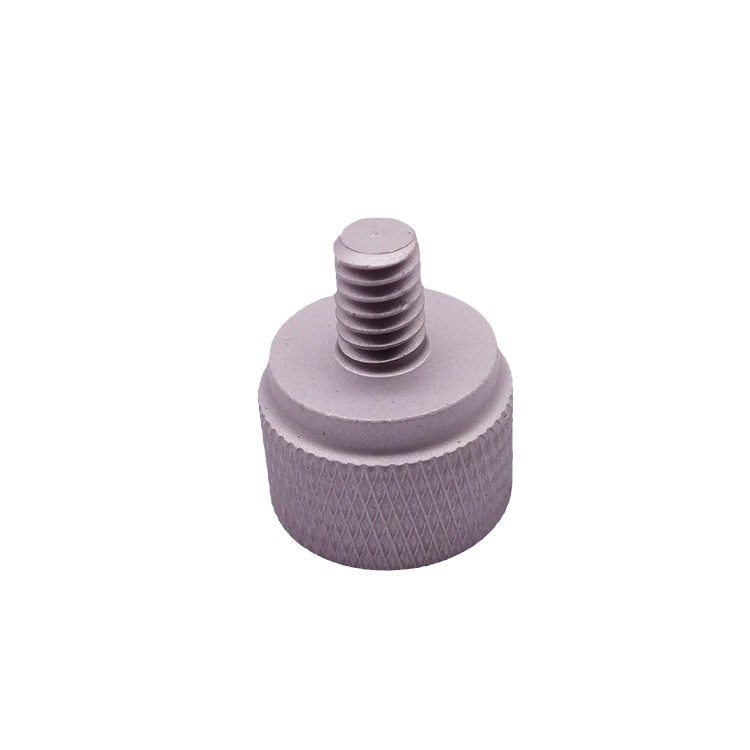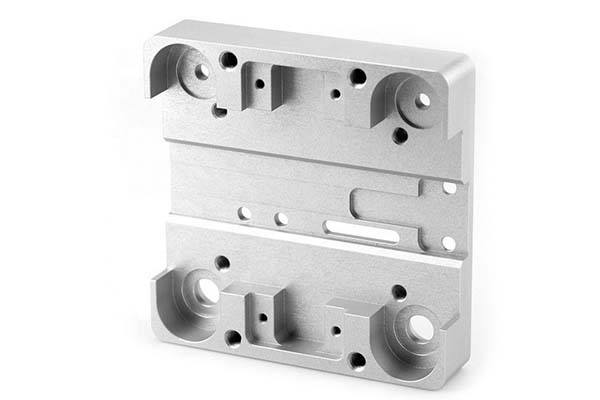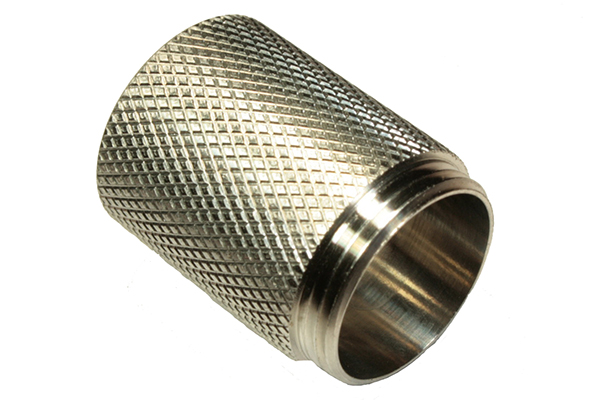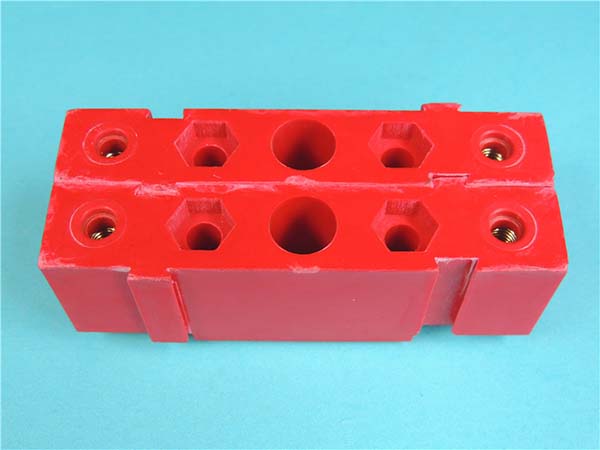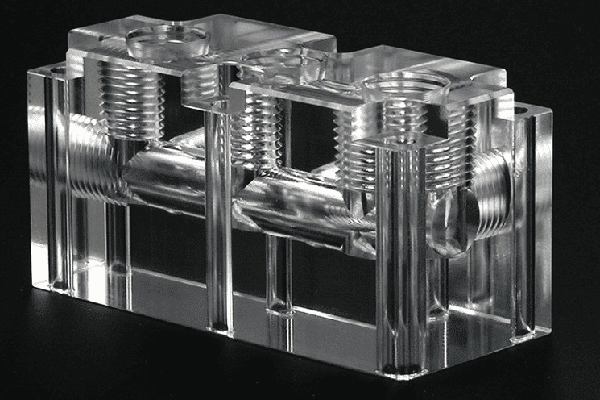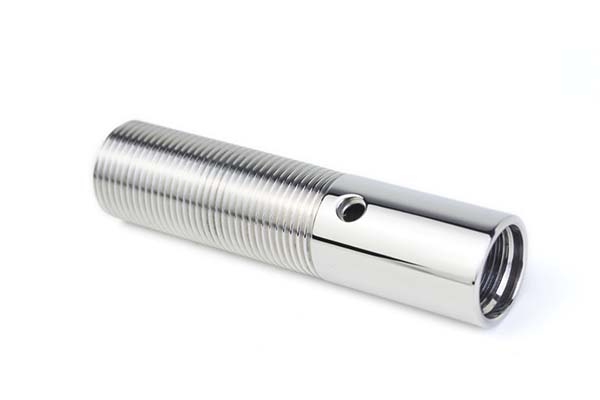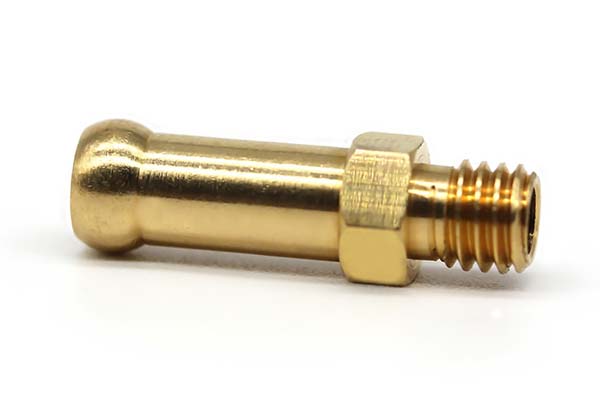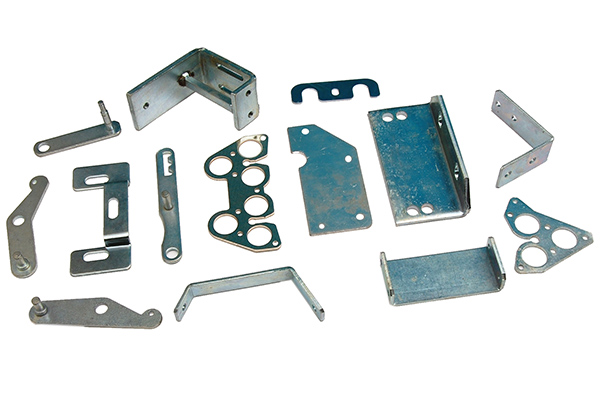Introduction
Definition and Basics of Direct Rapid Tooling
Direct Rapid Tooling, often abbreviated as DRT, is a revolutionary approach within the realm of manufacturing. It harnesses the power of Rapid Prototyping (RP) technologies to directly fabricate molds and tooling components. This process circumvents many of the traditional, time - consuming steps involved in tooling production.
The fundamental principle behind Direct Rapid Tooling lies in the layer - by - layer construction of the tooling. RP technologies such as Selective Laser Sintering (SLS), Stereolithography (SLA), and Fused Deposition Modeling (FDM) are commonly employed. For Yigu Technology instance, in SLS, a high - power laser sinters powdered materials (such as plastics, metals, or ceramics) together, layer upon layer, to create the desired tooling shape. Each layer is precisely defined by a 3D digital model, ensuring high accuracy and repeatability.
As an important branch of rapid die - making technology, Direct Rapid Tooling has opened up new possibilities for manufacturers. It allows for the quick transformation of a design concept from a digital file into a physical tooling component, eliminating the need for complex machining operations like milling, turning, and grinding in some cases.
How Direct Rapid Tooling Works
Process Breakdown
The journey of Direct Rapid Tooling begins with the creation of a CAD (Computer - Aided Design) model. Designers use specialized software to create a detailed 3D digital representation of the part or product for which the tooling is required. This CAD model serves as the blueprint for the entire tooling production process.
Once the CAD model is ready, it is processed through a software that slices the 3D model into thin cross - sectional layers. Each layer represents a specific height increment in the final 3D object. The thickness of these layers can vary depending on the desired accuracy and the capabilities of the rapid prototyping machine. For Yigu Technology example, in high - precision applications, layer thicknesses can be as small as 0.05 mm, while in less demanding cases, it can be up to 0.3 mm.
Next comes the actual rapid prototyping stage, where different technologies are employed based on the requirements of the tooling.
SLA (Stereolithography): In SLA, a vat is filled with a photosensitive liquid resin. A high - power ultraviolet (UV) laser is directed by the computer to trace the cross - sectional pattern of each layer onto the surface of the resin. The UV light cures the resin, turning it from a liquid to a solid state. As each layer is cured, the build platform is lowered by the thickness of one layer, and a new layer of resin is spread over the previously cured layer. This process continues until the entire 3D tooling component is built. SLA is known for its high precision and smooth surface finish, making it suitable for applications where fine details are crucial, such as in the production of jewelry molds or small, intricate plastic injection molds.
SLS (Selective Laser Sintering): SLS uses a laser to sinter powdered materials. The powder, which can be plastic, metal, or ceramic, is spread evenly across a build platform. The laser scans the cross - sectional pattern of each layer, melting and fusing the powder particles together in the areas where the tooling is to be formed. The un - sintered powder remains in place, providing support for the newly formed layers. Once the entire part is sintered, the un - sintered powder is removed, leaving behind the finished tooling. SLS is advantageous when working with materials that need high strength, such as metal tooling for high - temperature applications like die - casting molds.
FDM (Fused Deposition Modeling): FDM extrudes a thermoplastic filament through a heated nozzle. The nozzle moves in the X - Y plane according to the cross - sectional pattern of each layer, depositing the melted plastic in a precise pattern. As the plastic cools, it solidifies, bonding to the previous layer. FDM is a more cost - effective option for creating tooling components, especially for larger parts where the material cost is a significant factor. It is often used in the production of jigs and fixtures for assembly lines or simple injection molds for low - volume production.
After the rapid prototyping process is complete, the tooling may require some post - processing steps. This can include removing support structures (if any), sanding, polishing, or heat - treating to improve the mechanical properties and surface finish of the tooling.
Different Types within Direct Rapid Tooling
Soft Molding Technology
Soft molding technology is a subset of Direct Rapid Tooling that focuses on the production of molds using soft materials. This approach is particularly useful for small - batch production of plastic parts. The process typically involves using a 3D printed master pattern, often created through SLA or another rapid prototyping method, as a basis for creating the soft mold.
One common application of soft molding technology is in the production of plastic cups and packaging boxes. For Yigu Technology example, an SLA - printed master pattern of a plastic cup is created. A liquid silicone rubber is then poured over the master pattern. After the silicone rubber cures, it forms a flexible mold that can be used to cast multiple plastic cups. The soft nature of the silicone rubber mold allows for easy removal of the plastic parts, even if they have complex shapes or undercuts.
The advantages of soft molding technology are numerous. It has a relatively low cost, as the materials used, such as silicone rubber, are inexpensive compared to traditional mold - making materials like steel. The production time is also short, as the curing process of the silicone rubber can be completed within a few hours. Additionally, soft molds can be easily modified or replicated, making them ideal for product development and small - scale production runs.
Quasi - Direct Rapid Tooling
Quasi - direct rapid tooling is a method that lies between direct and indirect rapid tooling. In this approach, the initial mold is produced using RP technologies, but it requires a significant amount of post - processing before it can be used for production.
One common method within quasi - direct rapid tooling involves using RP to create a mold from materials such as metal - filled polymers or ceramic - filled polymers. For example, a mold can be produced by sintering metal powder that has a binder mixed in it using SLS technology. After the initial mold is formed, it needs to go through processes like binder removal and infiltration with a secondary metal to enhance its mechanical properties. This infiltration process fills the pores in the sintered mold with a more ductile metal, improving its strength and wear resistance.
Another approach is using SLA to create a mold from a metal - suspended resin. After the SLA process, the resin needs to be burned out, and the remaining metal structure is then further processed to make it suitable for use as a mold. These post - processing steps add to the overall time and cost of the tooling production but can result in a mold with better performance characteristics than what could be achieved with a purely direct method.
Direct Rapid Tooling for Metal and Casting Molds
Direct rapid tooling for metal and casting molds is a highly advanced and sought - after technique. SLS technology is often used to directly manufacture metal molds. In this process, metal powder, such as tool steel powder, is sintered layer by layer to form a complete mold. The advantage of this method is that it can create complex internal geometries and cooling channels within the mold, which are crucial for efficient heat transfer during the casting process. These internal channels can help in reducing the cycle time of the casting process and improving the quality of the cast parts by ensuring more uniform cooling.
FDM and SLS can also be used to create wax molds for investment casting. For instance, a wax part is designed in a CAD software and then printed using FDM or SLS with wax - based filaments or powders. This wax mold is then used in the traditional investment casting process. The wax is melted out, leaving behind a cavity that is filled with molten metal to create the final metal part.
Similarly, SLA, LOM (Laminated Object Manufacturing), FDM, and SLS can be used to create resin - based lost molds for casting. These lost molds are designed to be consumed or destroyed during the casting process, leaving behind a perfect cavity for the molten metal to fill. This approach is especially useful for creating complex and detailed metal parts, such as engine components or jewelry pieces, where traditional machining methods would be too costly or time - consuming.
Real - World Applications
Automotive Industry
In the automotive industry, the demand for innovation, cost - reduction, and rapid product development is ever - present. Direct Rapid Tooling has emerged as a game - changer in this sector.
One of the key applications is in the manufacturing of molds for engine components. For Yigu Technology example, molds for cylinder heads can be produced using Direct Rapid Tooling. Traditional methods of creating these molds involve complex machining processes that are time - consuming and costly. With DRT, the design of the cylinder head mold can be quickly translated into a physical mold using SLS or other RP technologies. A leading automotive manufacturer reported that by using Direct Rapid Tooling for cylinder head mold production, they were able to reduce the mold - making time from several weeks to just a few days. This significant reduction in time allowed them to accelerate the development of new engine designs and bring them to market faster.
Another area of application is in the production of molds for interior components. Molds for dashboard parts, door panels, and seat components can be fabricated rapidly. These molds need to have precise shapes to ensure a perfect fit within the vehicle interior. DRT enables the creation of molds with complex geometries that can replicate the intricate designs of modern automotive interiors. For Yigu Technology instance, soft molding technology within DRT can be used to produce small - batch prototypes of new interior component designs. This allows automotive designers to test and refine their concepts before moving to large - scale production. A study showed that companies using DRT for interior component mold production saved up to 40% in development costs compared to traditional methods, as they could identify and correct design flaws earlier in the process.
The ability to quickly produce molds for automotive parts also means that manufacturers can respond more effectively to changes in market demands. If there is a sudden need for a new design or a modification to an existing part, DRT can be used to rapidly produce the required molds, reducing the time from design change to production implementation.
Consumer Electronics
The consumer electronics industry is characterized by its fast - paced nature, with products constantly evolving and being updated. Direct Rapid Tooling plays a crucial role in meeting the demands of this industry.
In the production of mobile phone shells, DRT has become an essential technology. Mobile phone manufacturers are always looking for ways to introduce new designs, materials, and features to stay competitive. Traditional mold - making methods for phone shells can take weeks or even months, which is far too long in an industry where new models are released every few months. With Direct Rapid Tooling, specifically SLA and FDM, molds for phone shells can be produced in a matter of days. A major smartphone manufacturer was able to reduce the time from design finalization to production start for a new phone model by 35% by using DRT for the shell mold production. This allowed them to bring the new phone to market earlier, gaining a competitive edge.
For other consumer electronics such as tablets, laptops, and smartwatches, DRT is also used to manufacture molds for various components. Molds for the casings, internal brackets, and buttons can be quickly fabricated. The high precision offered by DRT ensures that the components fit together perfectly, which is crucial for the overall functionality and aesthetics of the products. In addition, DRT enables the production of molds with complex internal structures, such as those with integrated heat - dissipation channels in laptop casings. This design flexibility helps in improving the performance of the electronics products. A comparison of production costs between traditional and DRT - based methods for a small - batch production of 500 smartwatch cases showed that DRT reduced the cost by approximately 30%, mainly due to the elimination of expensive machining operations and shorter lead times.
Medical Device Manufacturing
In the medical device manufacturing industry, precision, quality, and customization are of utmost importance. Direct Rapid Tooling has found significant applications in this field, especially in the production of customized medical devices.
Customized orthopedic implants, such as knee and hip replacements, often require molds that are tailored to the specific anatomy of each patient. DRT allows for the creation of these highly customized molds. Using 3D scanning technology, the patient's bone structure is scanned, and a CAD model is created. This model is then used to produce a mold for the implant through Direct Rapid Tooling methods like SLS with biocompatible materials. A case study of a patient - specific hip implant showed that the use of DRT - produced molds reduced the surgery time by 20% as the implant fit more precisely, and the patient's recovery time was also shortened.
For dental applications, molds for crowns, bridges, and dental aligners can be fabricated using DRT. Stereolithography is commonly used to create highly accurate molds for these dental devices. The ability to quickly produce these molds means that patients can receive their dental treatments more promptly. Moreover, the high precision of DRT - produced molds ensures a better fit of the dental devices, improving patient comfort and treatment outcomes. A dental clinic reported that by using DRT for mold production, they were able to increase their patient throughput by 30% without sacrificing the quality of the dental devices.
FAQ
What are the main differences between Direct Rapid Tooling and traditional tooling methods?
| Comparison Aspect | Direct Rapid Tooling | Traditional Tooling Methods |
| Cost | Lower for low - to - medium volume production runs. Setup costs can be a fraction of traditional methods. For example, for a small - batch production of 500 plastic parts, DRT can reduce costs by about 30 - 40% compared to traditional injection molding tooling. | High setup costs, especially for complex molds. Expensive machining processes, specialized equipment, and skilled labor contribute to high costs. |
| Production Cycle | Significantly shorter. Can reduce product development time by 30 - 40% on average. A mold that takes weeks to produce traditionally can be made in a few days with DRT. | Long production cycles, often taking weeks or even months to produce a mold, especially for complex designs. |
| Precision | High precision achievable, with layer thicknesses as small as 0.05 mm in some high - precision applications. Can create highly accurate molds with complex geometries. | Varies depending on the machining processes and equipment used. Complex geometries may be difficult to achieve with high precision, and multiple machining steps can introduce cumulative errors. |
| Design Flexibility | Allows for great design freedom. Designers can create complex internal channels, lattice structures, and intricate geometries that are difficult or impossible with traditional methods. | Constrained by the limitations of machining processes. Complex designs may require multiple operations and specialized tooling, increasing cost and time. |
